Concept Proposal:
Coleshill Astronomical Public Observatory (CAPO)
Introduction:
The purpose of this document is to request a partnership with Coleshill Town Council.
Coleshill Astronomy is seeking to raise funds to build a public astronomical observatory for the advancement of education and science within the community.
The facility will be of sufficient size to host exhibitions, meetings, and community interest events. The observatory will also be promoted as a tourist attraction to increase visitor footprint to Coleshill market town.
Visiting the Observatory will be free.
Groups of school students, to be accompanied by their teacher at all times, will be able to visit by appointment Monday to Friday.
Viewing sessions for the public will be arranged at weekends, weather permitting -
- Saturday 18:00 - 22:00 (October to March) to observe the Moon, Planets, and Stars.
- Sunday 10:00 - 14:00 (April to September) to observe the Sun.
Amateur astronomers will be able to use to the telescopes on any weekday evening by prior arrangement.
Also, the Observatory will host a Community Star Party for all major astronomical events (meteor showers, lunar eclipses, bright comets etc.). Members of the public will be encouraged to bring their own cameras, binoculars and portable telescopes.
In addition to the above clear sky activities, there will always be lots to do and see at the Observatory even on days that may be wet and windy!
Visitors will have an opportunity to -
- view the latest images from the Hubble Space Telescope,
- watch live video of the astronauts aboard the International Space Station,
- find a comet using the latest images received from the SOHO Space Telescope,
- catch-up on all the latest news, discoveries, and missions to the planets.
- examine meteor rocks from the Moon and Mars under a powerful microscope.
- ask questions or seek guidance on all aspects of astronomy.
As part of planned social outreach, the Observatory will have its own public Group on Facebook for people to discuss all things Astronomy & Space.
Observatory:
Photographs below show the 'Clearview' Modular Building and Pulsar Dome that would be purchased to meet the aims of this proposal.
The design is functional, safe and aesthetically pleasing -
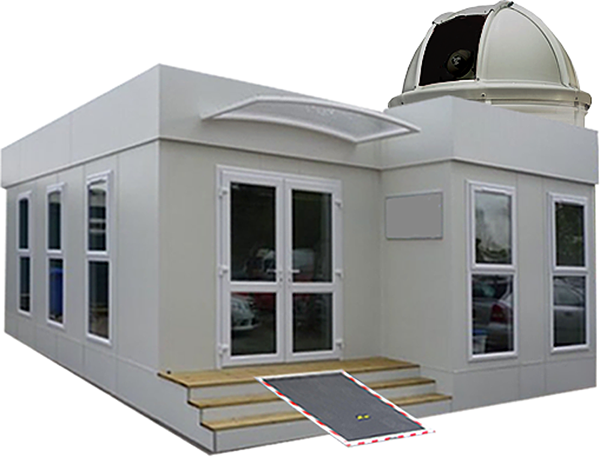

Observatory Telescope:
Project manager Dave Evans has provided optical equipment and accessories valued at £20,434 for the initial installation in the observatory. A full listing of items appears on page 4.
A Celestron 11" Edge HD telescope is the main item to be installed. The optics of this instrument are classed as research-grade.
The telescope is controlled by an on-board computer that has a database of 30,000 deep sky objects stored in memory!
Observing is straightforward: a) the desired object is selected from the database; b) the telescope moves to the correct position in the sky; c) the instrument locks on target, and d) the operator can then choose to photograph or view.
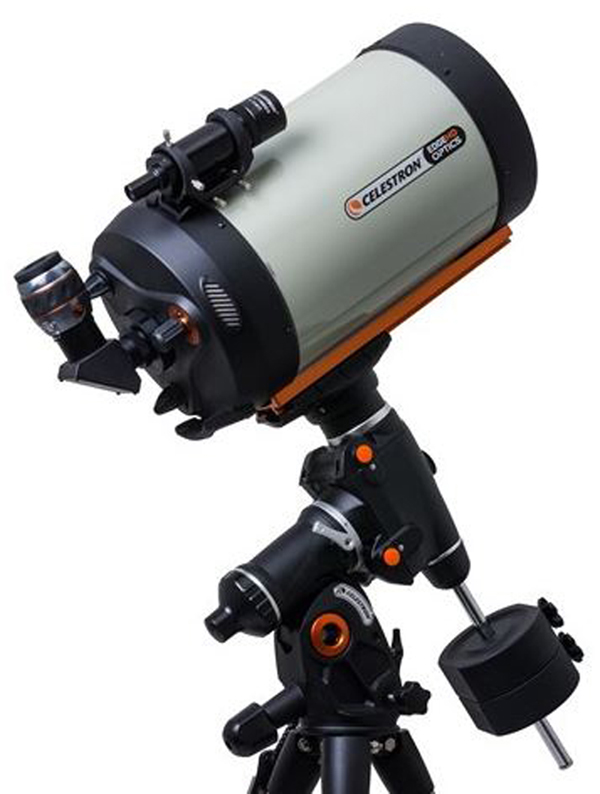
This main instrument will capture live video of the Sun, Moon, Planets, and Stars. The images will then be displayed on a large monitor situated in the Exhibition Area. This arrangement is considered ideal as it offers a safe, comfortable and shared viewing experience for visitors.
A point of interest... The University of Nottingham has installed the same size telescope to assist student research in the School of Physics and Astronomy. Interior and exterior views of the facility are shown below -
For more information about the Nottingham Uni. site click here.
Our Mission:
We seek to partner with Coleshill Town Council, the Local Education Authority, and Grant Associations, to deliver a free-to-use attraction for the Coleshill and Midlands region for the advancement of education and science in the community.
We consider Astronomy to be a beautiful science...
Go out on any clear moonless night and you will see the Milky Way stretch from one side of the sky to the other. A small pair of binoculars will reveal that this faint band of light is comprised of billions of stars that show the edge-on view of our galaxy.
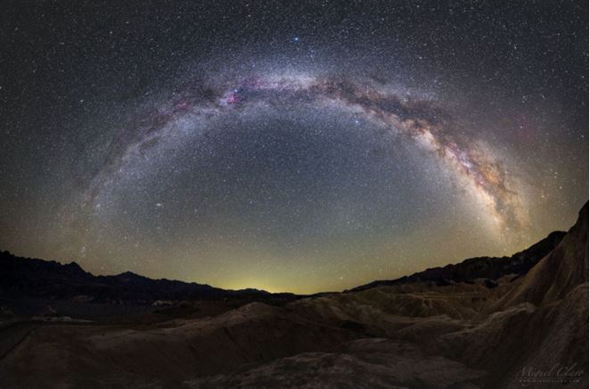
Having a better understanding of how the universe works can make the world more beautiful...
For us, astronomy is true love and passion. And we also enjoy the unexpected. Without warning a bright solar flare can blast a billion tons of particles into space that travel at over a million miles an hour!
If the ejection is in the direction of Earth, particles associated with the eruption can penetrate the upper atmosphere and cause bright auroras, or Northern Lights.
We also like to study deep space because it is important to realise that there is a lot of things happening out there far beyond our everyday experience...
If you take a look at those things you begin to realise that space is huge, really huge. Island galaxies can be seen in every direction and at distances as far as the largest telescopes can see.
Like us, people would also like to know that they are not alone in the universe. And if there is life out there could we find it? The photo below shows an artists conception of the 'Curiosity' rover vaporising rocks on Mars in search of evidence for past or present life.
We care about astronomy because we like to understand what is going on around us.
Have you ever seen Saturn through a telescope? It has a system of bright concentric rings that look so cool!
For us, the thrill of astronomy is to bring the wonders of the universe into everyone's reach.
The role of astronomy in education, its ability to stir excitement in the community, and what seems like an endless flow of opportunities for discovery, all mix to testify that life here on Earth is important, purposeful, special, and in its way unique.
Our project will provide the following deliverables -
For schools:
-
educational resources for science tutors.
-
educational activities for students studying GCSE Astronomy.
-
daily opportunities for students to make actual scientific discoveries.
-
to motivate and inspire students to consider science as a future career path.
-
arrange classroom talks; to be presented by local amateur astronomers.
-
partner programs with robotic telescopes for remote live-viewing.
For the community:
-
an opportunity to look through telescopes and ask questions.
-
access to the latest news and events via our website coleshillastronomy.co.uk
-
star parties to view major astronomical events - a meteor shower, comet or a lunar eclipse.
-
support for existing groups. We can help Scouts to achieve their astronomy badge.
-
dates and times when the International Space Station can be seen over Coleshill.
-
a permanent exhibition of the latest images from the Hubble Space Telescope.
-
details of upcoming space flights and missions to the planets by NASA.
-
actual live commentary and video from inside the International Space Station.
-
themed observatory events; specific to Easter, Halloween, Bonfire Night and Christmas.
-
24/7 social contact with the facility via facebook and twitter.
For amateur astronomers
-
dedicated meeting room and a place to hold talks and events.
-
real-time access to the SOHO Space Telescope C2 and C3 images. Discover a comet!
-
two-way communication with the sungrazing comet science teams at NASA LASCO.
-
observing partnerships with robotic telescopes around the world; in particular SLOOH.
-
full access to our research-grade equipment, including any training if necessary.
-
opportunity to become a 'Friend of the Observatory' and to help with our events.
For the market town of Coleshill
-
establish a unique tourist attraction that will increase visitor footprint.
-
provision of press releases to promote Coleshill as a centre of educational excellence.
-
advancement of education and science within the local community.
Site requirements:
A fairly compact site is envisaged, suitable to accommodate the 'Clearview' modular building and an adjoining patio area so we can set up portable observing equipment.
The site will incorporate an indoor exhibition area and sufficient chair space for meetings of approximately 20-30 persons.
The main telescope will be operated from a control desk situated directly beneath the instrument in the 'Clearview' building.
Depending on the final site chosen, services would need power, internet connectivity, drinking water, and toilet facilities.
Heating is not required in the observatory as it is important to maintain stable air currents to maximise good seeing.
Astrophotography:
Vixen/Coronado Solarscope
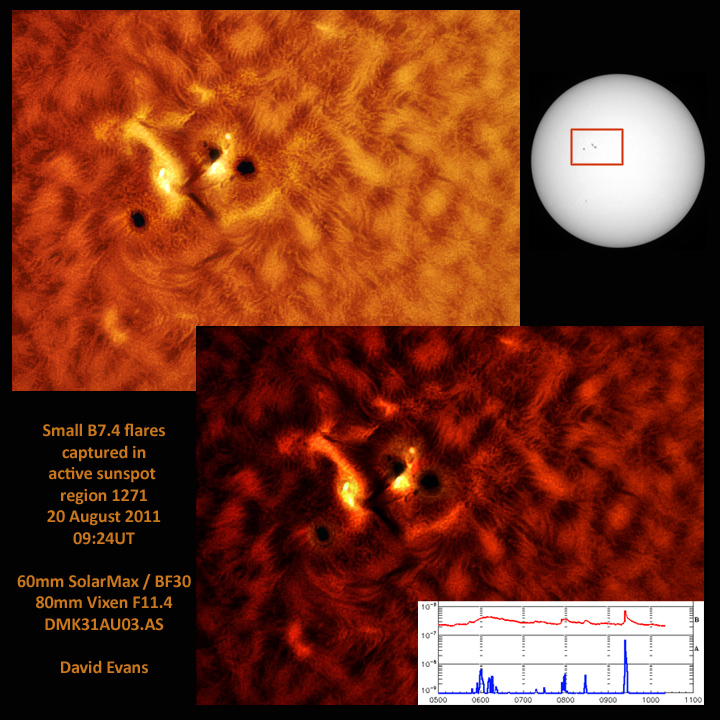
B7.4 flares captured in active sunspot region 1271
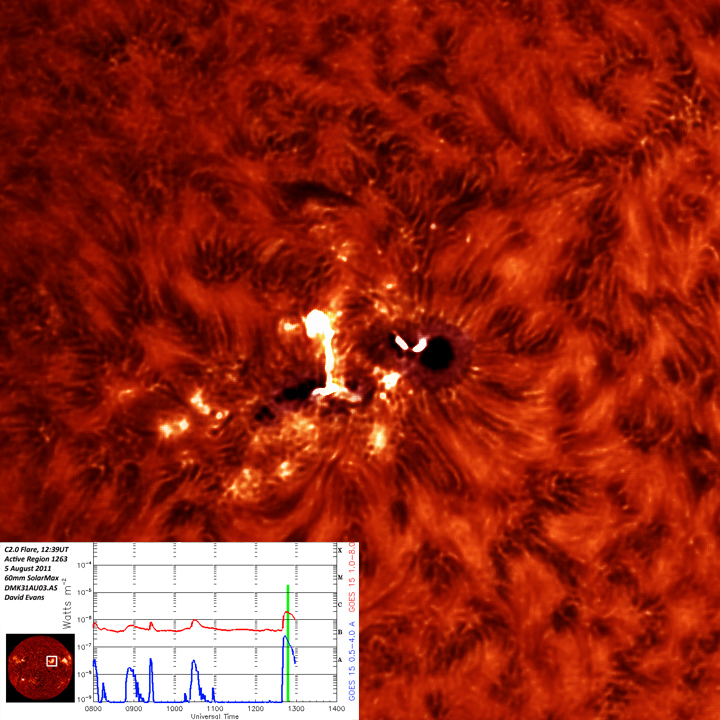
C2.0 Solar Flare in Active Sunspot Region 1263
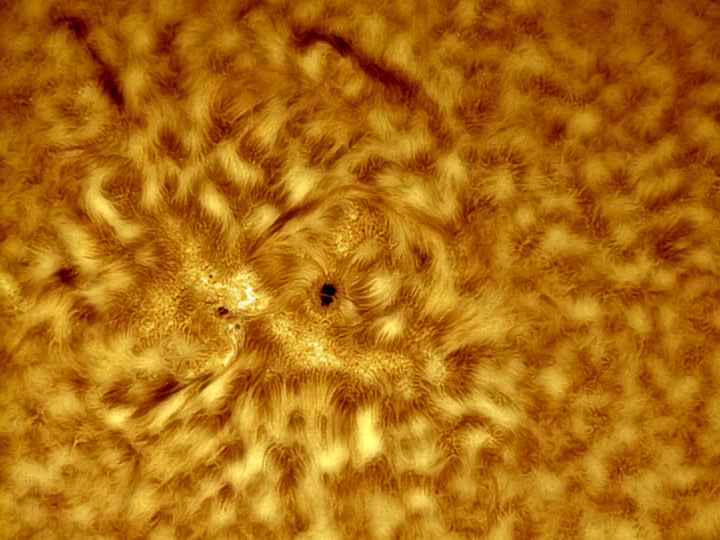
Sunspot Region 1236
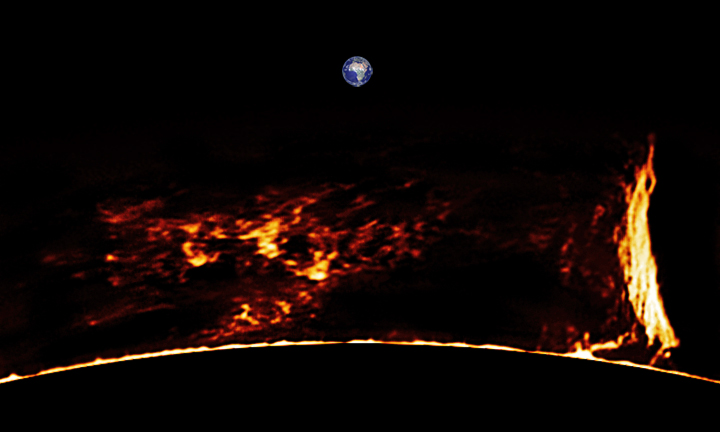
Bright Prominences, with the size of our planet Earth shown
to scale
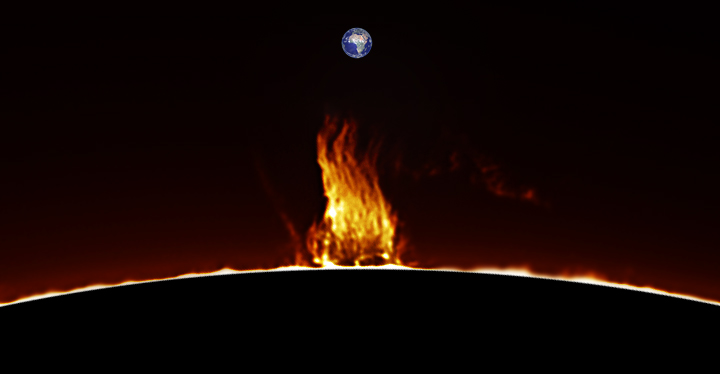
Bright Prominences, with the size of our planet Earth shown
to scale
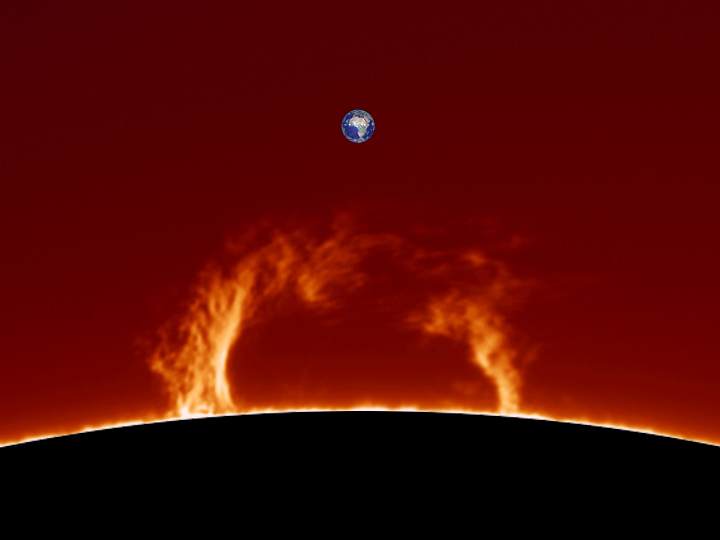
Large Arch
Prominence. Our planet Earth shown to scale
Time-stamped sequence of an eruptive prominence
Sunspots and Filaments
Astrophotography:
Celestron 11" Edge HD
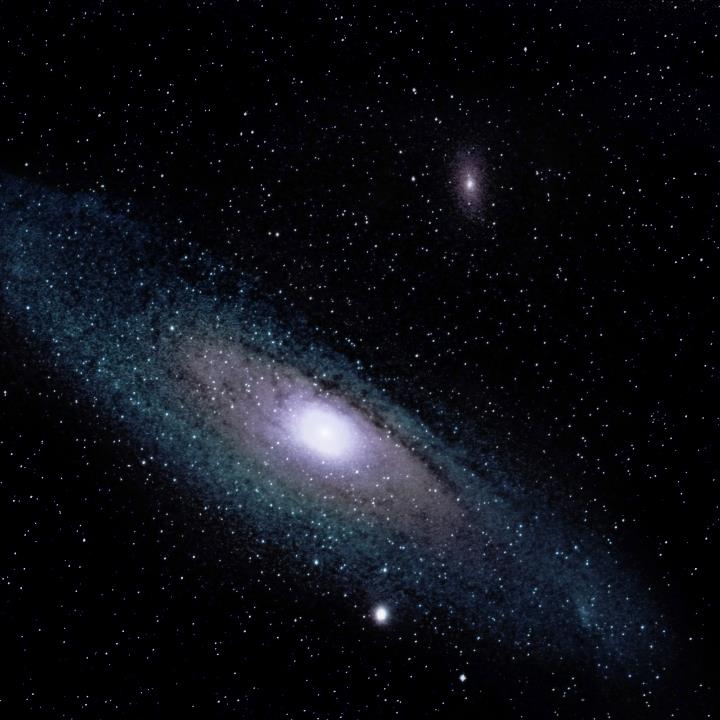
Andromeda Galaxy
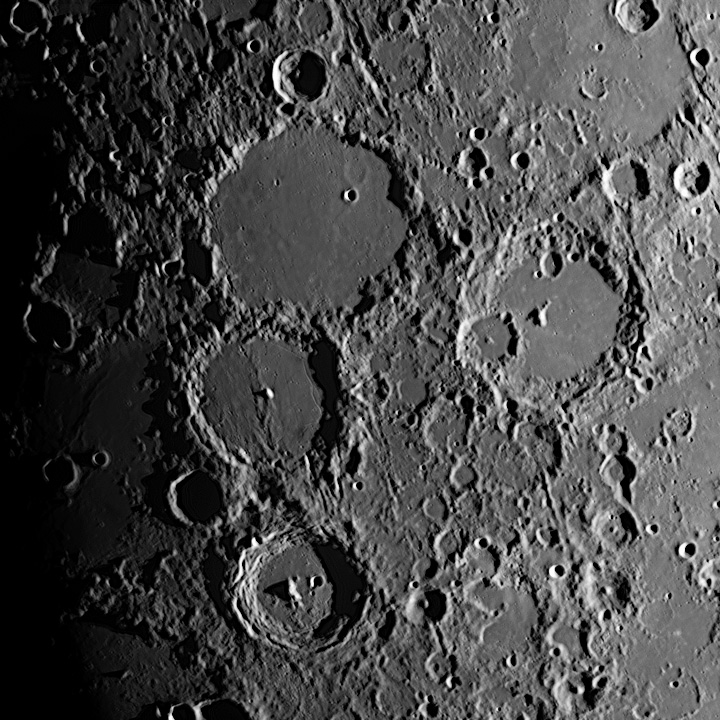
Craters Ptolemaeus, Alphonsus and
Arzachel
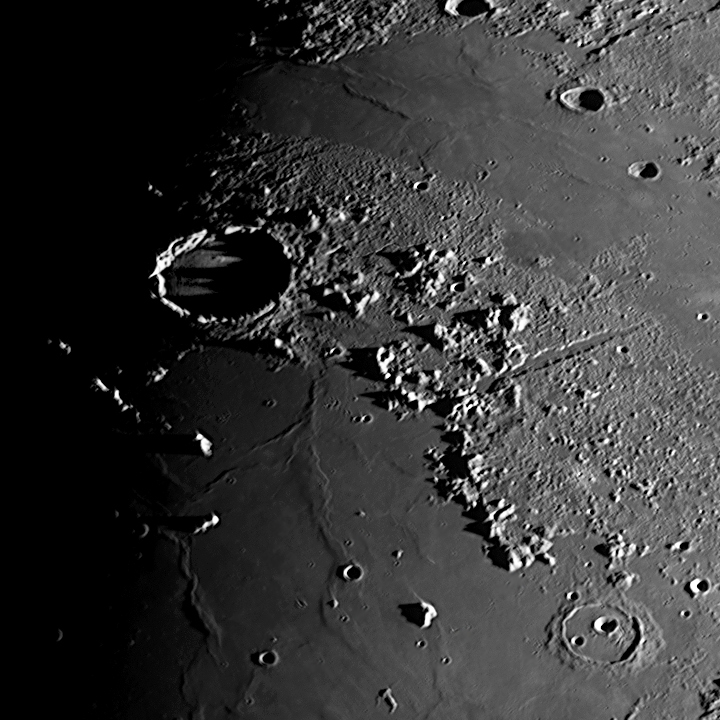
Crater Plato and
the Alpine Valley
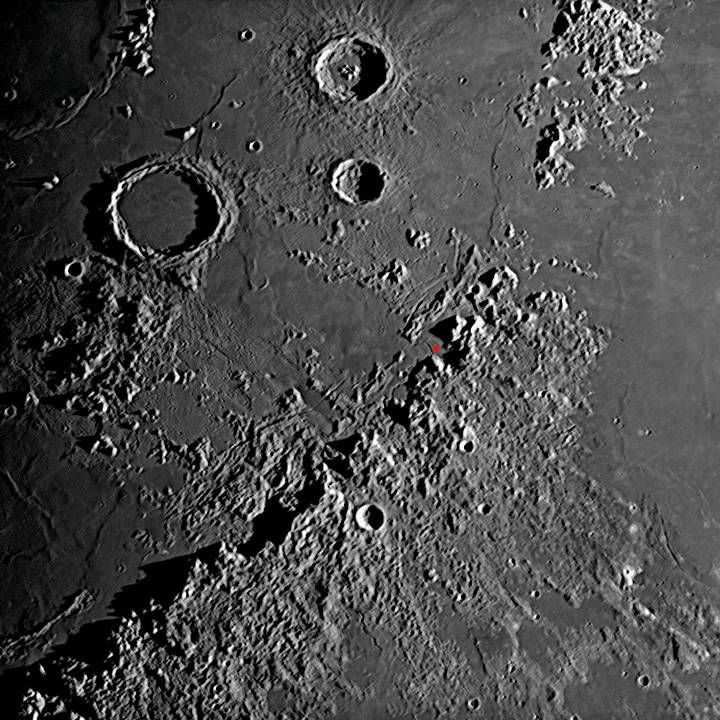
Hadley Rille and Apollo 15 Landing Site (red dot)
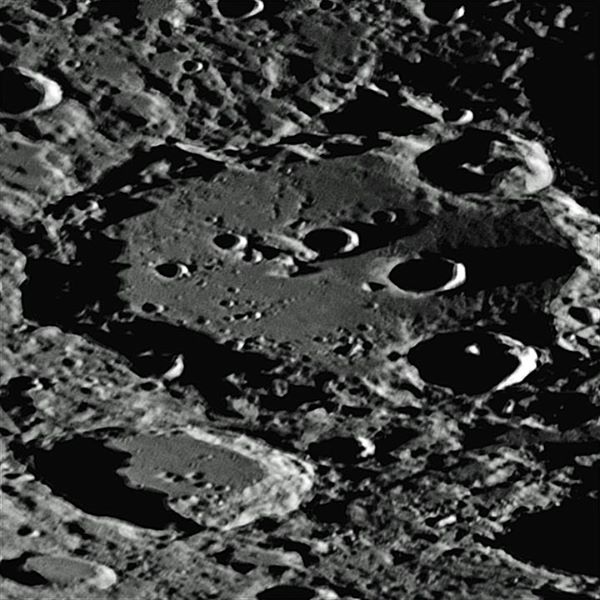
Crater Clavius
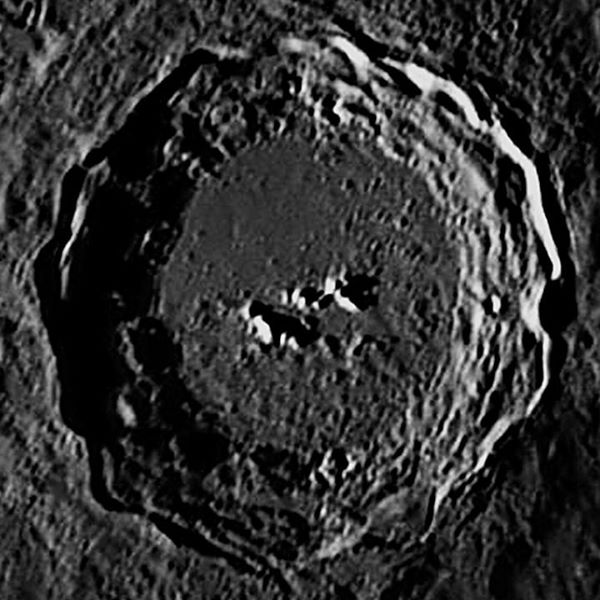
Crater Copernicus
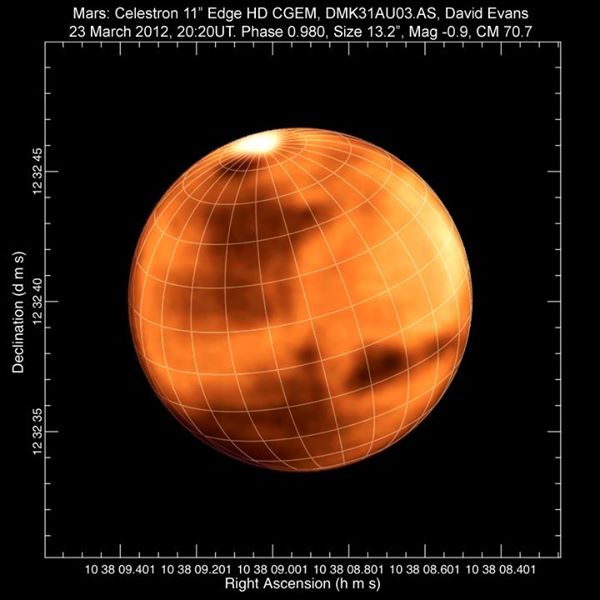
Planet Mars
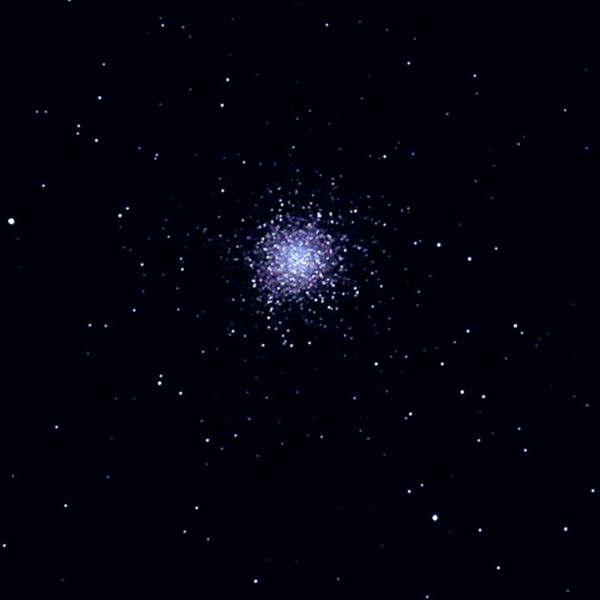
Globular Star Cluster M13
